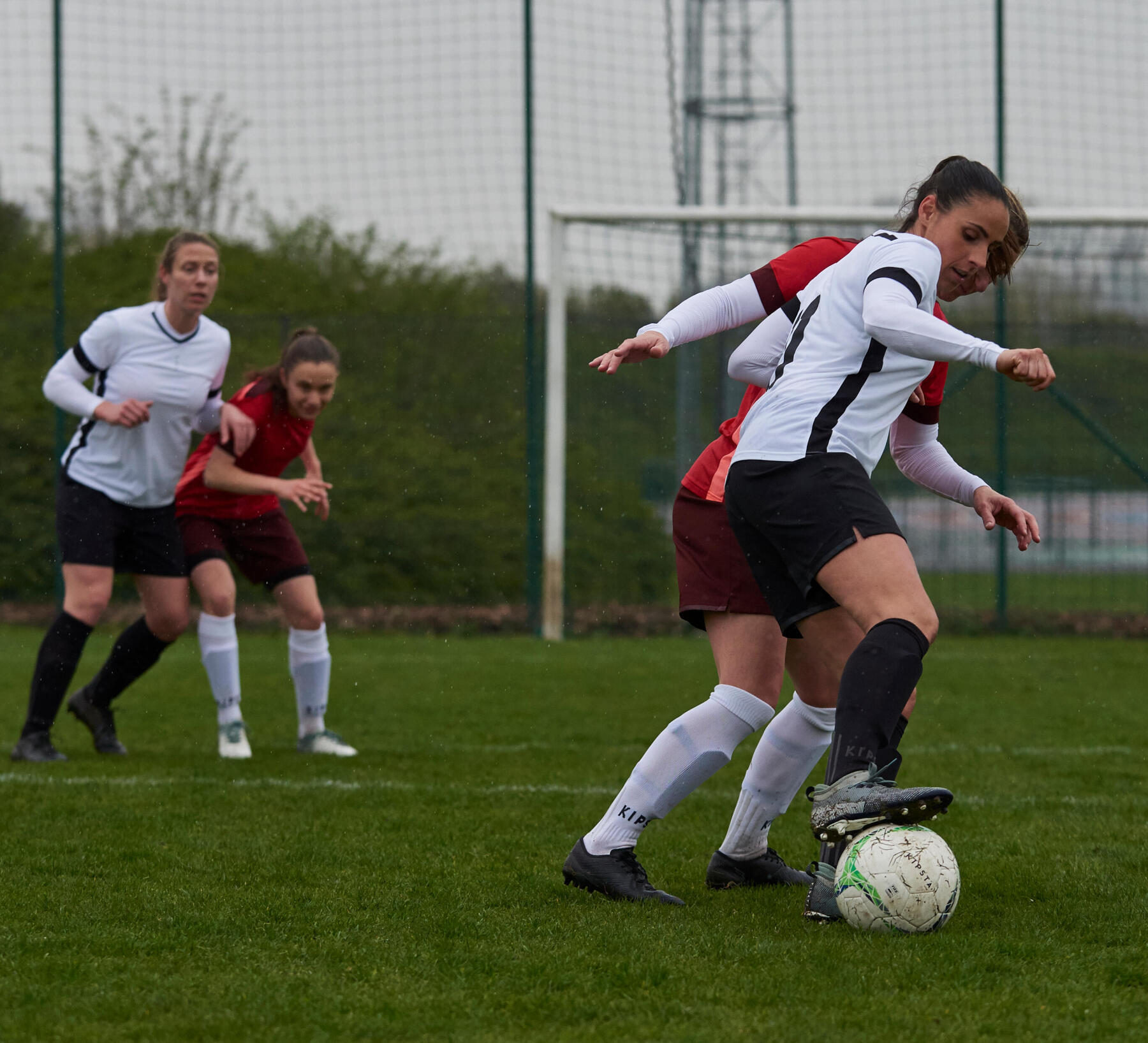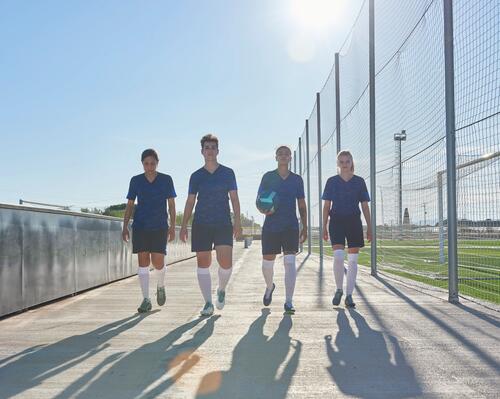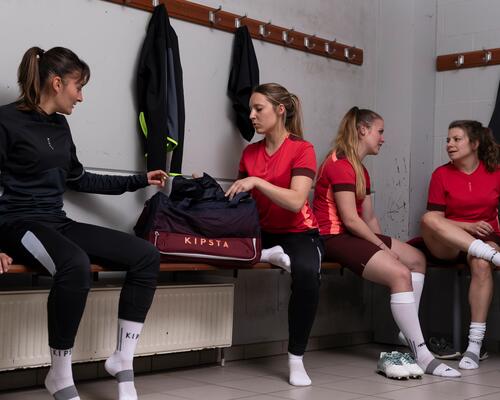Stereotype #1: women's football is less spectacular
It's sometimes been said that women's football is less spectacular than men's football. It makes us wonder whether those who say this have actually watched a match from the women's D1 league championship. For starters, there are, generally speaking, many goals scored in matches between elite teams (in France and abroad), and they are often spectacular. Stéphanie Roche, ranked second in the FIFA Puskas Award (given to the footballer having scored the "most beautiful" goal of the year) in 2014. Her excellent execution of a sequence of moves--pigeon wing, lob, and strike--during the Irish football championship, placed her ahead of a certain Zlatan Ibrahimovic.








